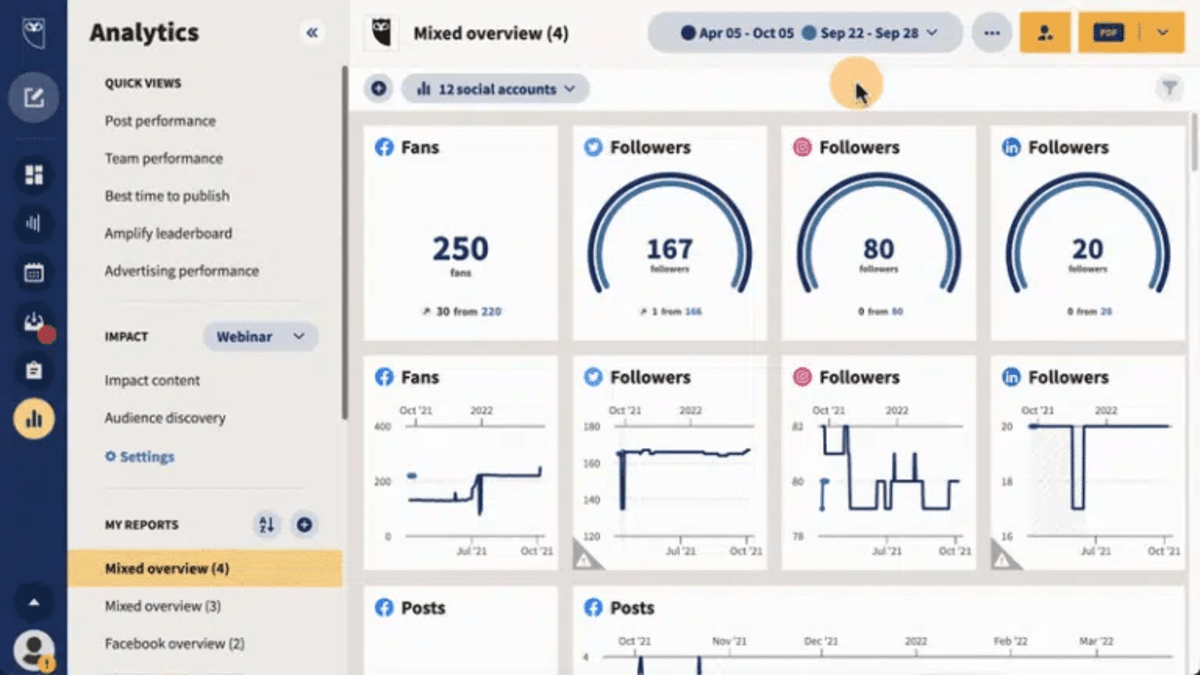Unlock Company Insights with Advanced Analytics Solutions
Unlock Company Insights with Advanced Analytics Solutions
Blog Article
Increase Effectiveness and Success Via Information Analytics
In today's data-driven landscape, services are progressively acknowledging the essential role of data analytics in enhancing operational effectiveness and profitability. By methodically assessing data, companies can reveal important understandings that notify tactical choices, streamline procedures, and tailor client experiences.
Understanding Information Analytics
In today's data-driven landscape, recognizing information analytics is necessary for organizations intending to boost functional performance and drive productivity. Data analytics involves the organized computational evaluation of information collections to reveal patterns, relationships, and understandings that inform decision-making. By using various methods, such as analytical evaluation, artificial intelligence, and anticipating modeling, companies can transform raw data right into workable intelligence.
The process typically begins with information collection, where appropriate info is gathered from numerous resources, consisting of transactional databases, consumer communications, and market fads. This data is then cleaned and organized to ensure precision and consistency. When the information is prepared, analytical devices and software application are utilized to imagine the info and check out, enabling stakeholders to recognize abnormalities and trends.
Eventually, recognizing information analytics empowers companies to make educated decisions based on empirical proof instead than intuition. It facilitates targeted techniques that can enhance source appropriation, improve customer satisfaction, and boost overall efficiency. As services significantly identify the worth of data-driven understandings, a solid understanding of data analytics comes to be an important competency for leaders and groups alike, positioning them for sustained success in a competitive atmosphere.

Key Advantages for Services
Services that leverage information analytics can unlock a plethora of benefits that considerably enhance their procedures and profitability. One of the main benefits is boosted decision-making. Information analytics supplies actionable insights derived from real-time information, permitting organizations to make enlightened choices that line up with market demands and customer preferences.

Furthermore, data analytics promotes boosted customer experiences. By understanding consumer actions and choices, services can customize their offerings, causing raised satisfaction and loyalty. This individualized technique frequently causes greater conversion rates and repeat company.
Moreover, data analytics makes it possible for companies to recognize emerging fads and possibilities. By staying in advance of the contour, organizations can exploit on brand-new markets and technologies prior to their rivals.
Carrying Out Data-Driven Strategies
Effective application of data-driven approaches needs a thorough understanding of both offered data and organizational objectives sources. Organizations needs to first specify their purposes clearly, ensuring alignment between data initiatives and tactical aims. This quality allows groups to concentrate on relevant metrics and understandings that drive decision-making.
Top notch data is vital for precise analysis, as inadequate data can lead to illinformed approaches and wasted sources - Analytics. Organizations needs to establish processes for information collection, cleansing, and management to keep data integrity.
Moreover, fostering a data-driven society is critical. Employees whatsoever degrees ought to be motivated to take advantage of information in their day-to-day operations. Educating workshops and programs can improve information literacy, empowering staff to make educated choices based on logical insights.
Tools and Technologies Summary
A durable collection of devices and technologies is essential for organizations intending to harness the complete possibility of link information analytics. These devices facilitate the collection, handling, and visualization of data, making it possible for companies to derive actionable understandings.
At the foundational level, information management platforms such as SQL data sources and NoSQL systems offer reliable data storage space and retrieval capacities. For information processing and analysis, shows languages like Python and R, together with structures such as Apache Spark, allow intricate computations and artificial intelligence applications.
Visualization tools, including Tableau and Power BI, transform raw information into intuitive visual layouts, making understandings obtainable to stakeholders at all levels. Additionally, cloud-based platforms like Google Cloud and AWS provide scalable storage and processing remedies, suiting the expanding volumes of information companies run into.
For innovative analytics, anticipating modeling and AI-driven options are progressively embraced, permitting firms to forecast patterns and boost decision-making processes. Incorporating these tools into existing operations is extremely important; organizations that effectively take advantage of this innovation can dramatically improve operational efficiency and drive earnings. Thus, buying the right devices and technologies is a tactical necessary for any kind of data-driven organization.
Study of Success
Leveraging find more information analytics has led various companies to achieve impressive enhancements in effectiveness and productivity. One remarkable case is a big retail chain that applied anticipating analytics to maximize stock management. By examining historic sales information and client patterns, the business minimized excess stock by 30%, causing significant price financial savings and enhanced cash money flow.
An additional instance can be located in the production field, where a leading automobile maker made use of data analytics to improve its manufacturing procedures. By keeping track of maker performance in real-time, the organization determined bottlenecks and inefficiencies, causing a 20% increase in general devices efficiency (OEE) This not just boosted production rates however also lessened downtime and maintenance expenses.

These situation researches highlight just how data analytics can drive critical decision-making, maximize processes, and inevitably boost both efficiency and profitability throughout numerous sectors.
Conclusion
In my review here verdict, the integration of information analytics into business procedures offers substantial chances for improving performance and productivity. By methodically examining information, organizations can determine ineffectiveness, optimize client experiences, and make informed choices.
In today's data-driven landscape, comprehending information analytics is important for companies intending to boost operational performance and drive profitability. Information analytics involves the organized computational evaluation of information collections to discover patterns, connections, and insights that notify decision-making. Information analytics gives workable insights obtained from real-time data, allowing companies to make informed selections that line up with market demands and consumer preferences.
Top notch data is necessary for accurate evaluation, as inadequate information can lead to illinformed techniques and lost sources. Organizations must develop processes for information collection, cleaning, and administration to maintain information stability.
Report this page